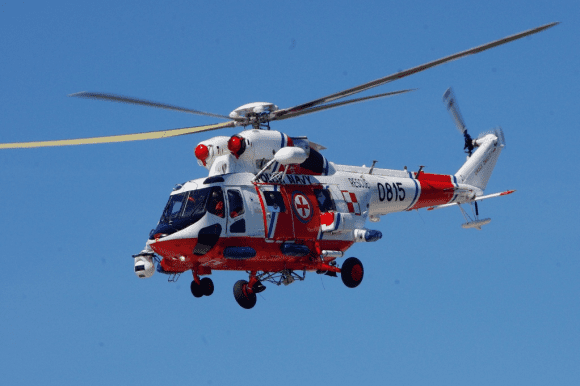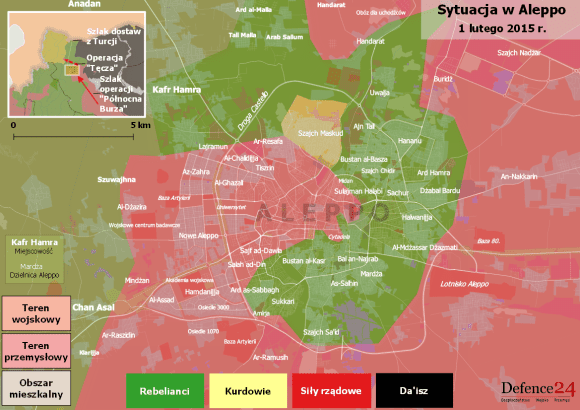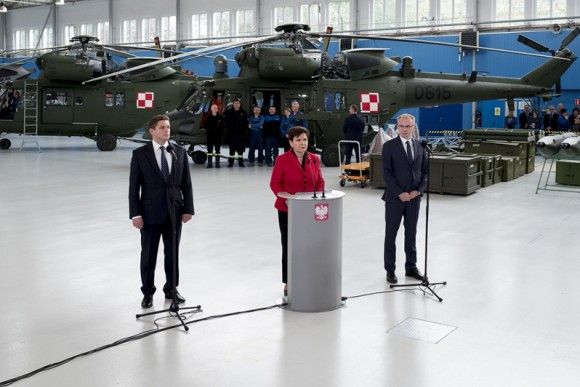- WIADOMOŚCI
Creotech Creates Cameras for Planetary Defence
Polish Creotech Instruments company is developing super-sensitive CCD cameras which are going to become a component of the European space threat and space debris monitoring telescopes. The instruments developed for ESA are to make it possible to protect our planet from dangerous meteors or other, potentially dangerous space objects. In the future, the said NEOSTEL programme telescopes may become an element of the planetary defence system for the Earth.
Polish Contribution to the Space Threat Detection Programme
Creotech Instruments, a Polish space sector company, is involved in an initiative, the goal of which is to create an early warning system, protecting the Earth from potential treats. The project in question, ordered by the European Space Agency, is known under the name of NEOSTEL, and is being implemented, within the framework of an international consortium. The Polish company is responsible for developing and manufacturing super-sensitive CCD cameras (Charge Coupled Devices – cameras used for astronomic purposes), which are going to become the heart of the NEOSTEL telescope.
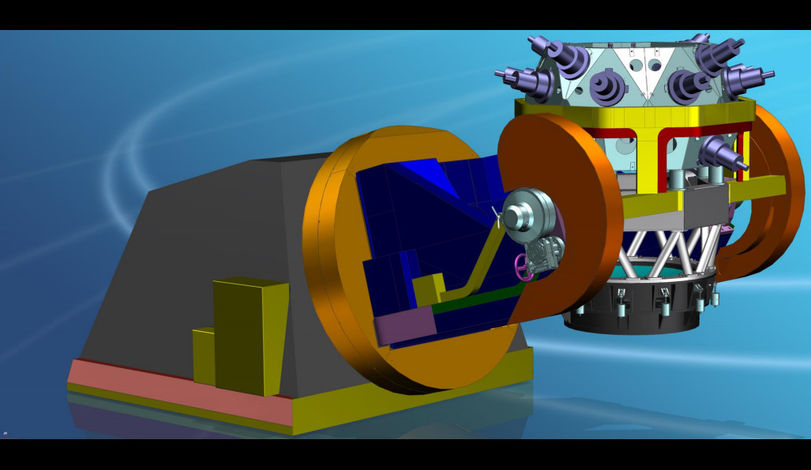
The cameras are being cooled down to the temperature of minus fifty centigrades, and maintained in conditions close to the vacuum. All of that makes it possible for them, after they are installed on a telescope, to observe a tennis-ball sized object at a distance of around 1000 kilometres. Not only will this enable the user to detect planetoids that may pose a threat to Earth, as space debris (fragments of satellites, launch vehicles, or other anthropogenic elements sent into space that may pose a threat to satellites or launch vehicles, or damage or destroy the International Space Station) will also be detectable with the use of the new system.
NEOSTEL project just entered a decisive phase. On 20th October, the first of the cameras has recorded its first image. So far, without a special lens system. However, the image acquired has proven that the camera is capable, even beyond the expected needs. At the moment, production of the first 8 examples of the camera is being initiated, and in 2017 these cameras are going to be mounted on the first of the target telescopes.
Read More: Important Element of the European SSA Programme To Be Created in Poland
Supported by the European Space Agency
According to the assumptions made by the European Space Agency back in 2018, another 20 cameras are waiting in a queue to be created. Italian Compagnia Generale per lo Spazio (CGS) plays the role of the main contractor, acting within the initiative implemented for the European Space Agency within the framework of the SSA (Space Situational Awareness) programme. Neosted is going to be one of the most significant projects pursued within the framework of that strategic programme managed by the European Commission. According to the orders placed by the European Space Agency, the Italians are to erect a prototype observatory which is, most probably, going to be located on the island of Sicily. Other locations that are also considered include Sardinia and Canary Islands. Starting from the year 2019, a project may be initiated, within the framework of which around 30 telescopes of this type would be created on Earth, fitted with more than 200 Polish cameras. Such system would be capable of detecting threats for the Earth in advance, also allowing the user to monitor the space debris.
Representatives of the Creotech Instruments S.A. company admit that their contribution to the project has been made possible thanks to the extensive research which has been carried out in Poland, in an ongoing manner, since more than 15 years now.
Pi-of-the-Sky is one of the projects, the success of which is co-authored by Professor Lech Mankiewicz of the Polish Academy of Sciences Center for Theoretical Physics and Grzegorz Kasprowicz PhD, of the Warsaw University of Technology. The aforesaid work is being transformed into a commercial success, usable for the whole humanity.
Space Disaster – Just a Matter of Time
66 million years ago, the Earth has been a victim of a space disaster. A massive planetoid hit our planet, creating an 180 kilometres wide crater, located in the region of the Bay of Mexico. This caused global changes within the Earth’s atmosphere, and led to a mass extinction of species. More than 75% of all the species of plants and animals on Earth were eradicated, including the dinosaurs. The disaster described here marked an end of the Mesozoic Era.
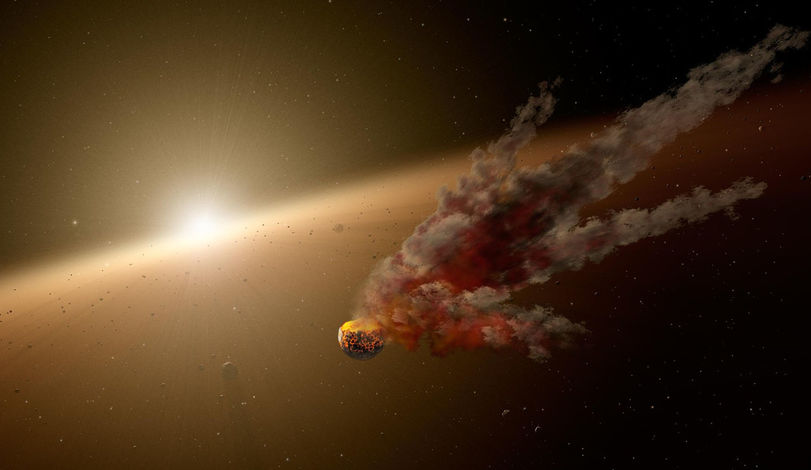
The fact that a space disaster may pose a real threat has been refreshed in our consciousness by the incident recorded on 15th February 2013 in Siberia. A meteor, with diameter of 17 meters and weighing 10 thousand tonnes entered the Earth’s atmosphere at the speed of 64 thousand kilometres per hour, disintegrating around 30 kilometres above the surface. 7,500 buildings were damaged, more than 1500 people were hurt. Should the said meteor reach the Earth in one piece, the damage would have been incomparably more significant. Disintegration of that body within the atmosphere also created a blast of energy, equivalent to 0.5 MT of TNT - 30 times more than the energy of the nuclear bomb that was dropped on Hiroshima.
One more collision of such significance had taken place more than 100 years ago, and it is referred to as the Tunguska Event. Back in 1908, a superbolide, the size of which was estimated at 60 to even 190 meters, exploded in the Central Syberia region, over the Stony Tunguska river, north of the Baikal lake. As a result of the event, Siberian trees have fallen down within a 40 kilometres radius, while the explosion itself was visible within the radius of 650 kilometres. Most probably, only two persons died as a result of the event, however the number of fatalities so low stems from the fact that the disaster took place within an area which was not densely populated. A similar incident in the urbanized region could entail thousands of victims.
The scientists claim that collision between the Earth and objects, the size of which is defined as several meters, happen once in a century. A catastrophe which would be comparable to the one which led to extinction of the dinosaurs is placed even further away on the timeline, several millions years away. However, we should not be relieved, as the meteors will not comply with our schedules and statistical models. Punctuality is out of any question. The impact may just as well - happen today. However, there is a certain way which would allow us to prevent such events. It is enough to change the trajectory of the dangerous celestial body soon enough, to save our planet. This would be possible only when such body is detected early enough. And this is the main focal point of the work undertaken by Creotech Instruments S.A.












